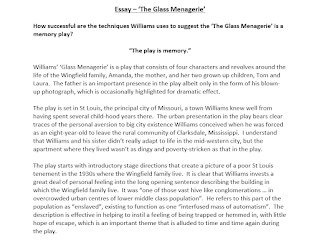Safety Training Outline: A Comprehensive Guide for Workplace Safety
Ensuring a safe working environment is paramount for any organization. The importance of comprehensive safety training cannot be overstated, as it equips employees with the knowledge and skills necessary to prevent accidents, injuries, and even fatalities. Having a proper safety training outline in place lays the foundation for a proactive safety culture within the workplace. Let's explore an effective safety training outline that covers key areas of concern:
1. Introduction to Workplace Safety
The training session should begin with a brief introduction that highlights the importance of workplace safety. This section should emphasize the organization's commitment to ensuring the well-being of its employees and providing a hazard-free environment.
2. Identifying Hazards
Employees need to be trained to identify potential hazards in their work environment. This section should cover different categories of hazards such as physical, chemical, biological, and ergonomic hazards. It should educate employees on recognizing and reporting hazards promptly to the appropriate personnel.
3. Personal Protective Equipment (PPE)
This segment should outline the proper use and maintenance of personal protective equipment. It should cover the importance of wearing appropriate PPE for specific tasks and demonstrate how to correctly wear and adjust items like safety helmets, gloves, goggles, and respiratory masks.
4. Emergency Procedures
Being prepared for emergencies is crucial. This section should provide detailed instructions on emergency procedures, including evacuation plans, assembly points, fire safety, first aid, and how to handle hazardous material spills. It should also highlight the importance of regular emergency drills to ensure everyone is familiar with the procedures.
5. Safe Working Practices
Employees should be educated on safe working practices relevant to their job roles. This may include proper lifting techniques, safe use of machinery and equipment, working at heights, electrical safety, and prevention of slips, trips, and falls. It is essential to promote a proactive attitude towards safety and the understanding that it is a collective responsibility.
6. Health and Wellness
Maintaining physical and mental well-being is vital for every employee. This section should focus on promoting a healthy work environment, including topics like ergonomics, stress management, fatigue prevention, and the role of nutrition and exercise in overall well-being.
7. Reporting Incidents and Near Misses
Encouraging employees to report incidents and near misses is crucial for continuous improvement in safety. This section should instruct employees on the importance of reporting all incidents, even minor ones, promptly. It should address the procedures for incident reporting and emphasize the non-punitive nature of reporting to ensure a transparent safety culture.
8. Safety Training Evaluation
Regular evaluation of safety training effectiveness is an essential step. This section should describe the methods used to assess the impact of the training program, such as quizzes, surveys, and observation of employees' adherence to safety protocols. Periodic retraining sessions should also be incorporated to reinforce key concepts and address any knowledge gaps or emerging safety concerns.
In conclusion, a well-structured safety training outline provides the foundation for a safer work environment. By covering topics like workplace hazards, emergency procedures, and safe working practices, organizations can empower their employees to make safety a top priority. Remember, workplace safety is a joint effort that requires commitment and ongoing training to create a culture where everyone feels responsible for their well-being and that of their colleagues.







